Yashikul and Bulunkul lakes
Yashikul and Bulunkul lakes
Lakes Bulunkul and Yashikul (Yashilkul) are fascinating sights that offer a variety of “moon landscapes” with striking views and breathtaking sunsets in the Tajik Pamir. You can get there for walks and treks as well as for bird and yak watching and there are also some very old historical sights in the area. Visitors can even stay for the night at a guesthouse in the small village of Bulunkul, which is situated next to the shore of the namesake lake. This is also one of the rare locations in Pamir where one can eat fresh fish from a local lake. The lakes are only a short detour away from the Pamir Highway, and are therefore included in several of our Tajikistan Pamir Tours.
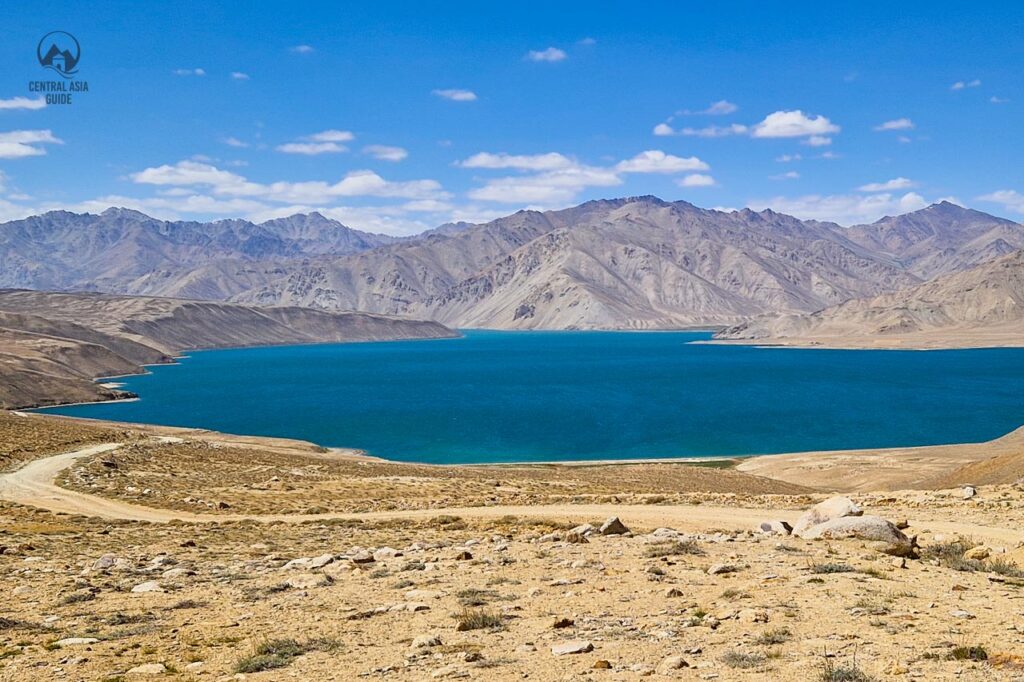
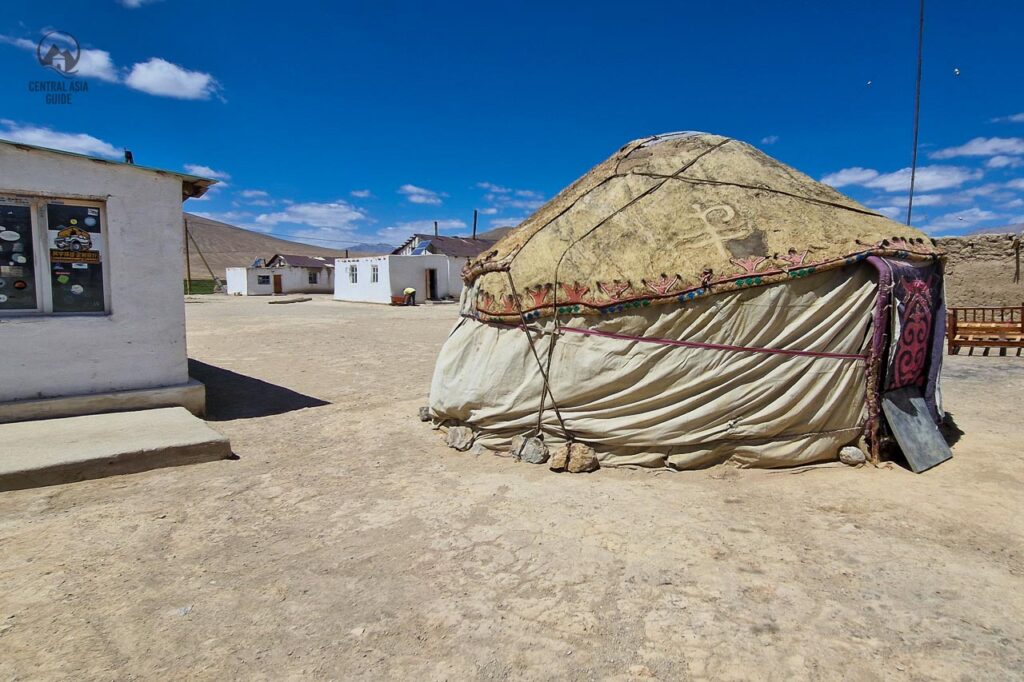
Yashikul lake
Lake Yashikul translates as “green lake” from Turkic languages which is very appropriate according to the color of the water in the lake. Yashikul lake ranks well as one of the most beautiful lakes of whole Pamir. The lake was formed many hundreds of years ago when a strong earthquake created a landslide that blocked the Alichur River (Gunt). The dam is over 4 km long and 100-110 m tall. The water from the lake flows out over a Soviet built dam to make the Gunt River, which after about 200 km confluences with the Panj near the city of Khorog.
Yashikul lake is located at an elevation of 3734 m above sea level, its surface area is about 36 km2, length about 22 km, maximal width 4,5 km and maximum depth 52 m and the water temperature never rises above +14°C during the cool summer of Pamir. The water in Yashikul is clean and transparent and the sparse fish are mainly represented by osman which you can often see swimming there.
During the Soviet period residents attempted to breed mirror carp and peled here, but failed. Yashilkul is fed largely by the Alichur River and few other streams running from the mountains to the north, the largest of which are the Big and Little Marjanay.
The area near the Alichur’s mouth is wet and fully covered with sedge and grass, which make up excellent pastures that the powerful Pamir yaks graze and grow upon. There is a hot hydrosulphuric spring called Issyk-Bulak (hot spring) near the place where the Alichur River flows into Yashilkul that the locals consider sacred. The water in it may reach a temperature of 60°C.
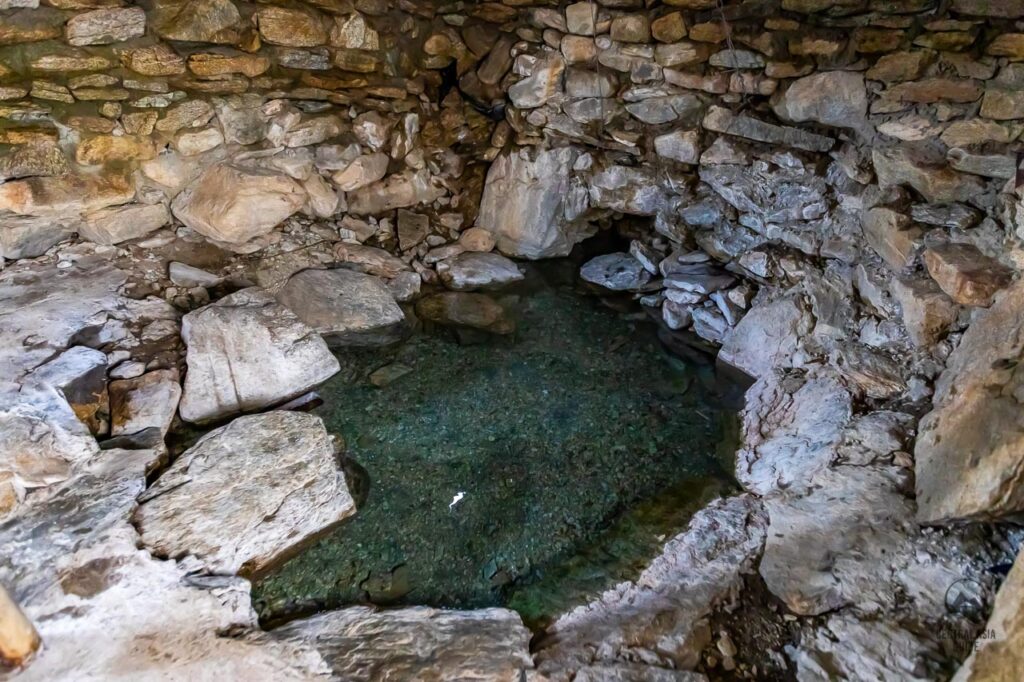
From the north, rocks surround the lake very close to the waterline but there is a narrow driveable strip of flat land running along the lake. The car friendly road though goes only as far as the mouth of the Big Marjanay River, from which a footpath leads right to the dam at the western end of the lake. To get to the northern side of Yashikul you have to cross the Alichur river near the place it flows into the lake. On the same northern shore, one kilometer after the Alichur River’s mouth, there are the ruins of a solitary mausoleum with remains of a local feudal lord (bek) and next to the Marjanay river some old stone circles with very little information available on them.
There are also several myths and legends associated with the lake. The oldest of them is the one about a giant animal that the local Kyrgyz call tuya su (‘aquatic camel’) living in the lake, perhaps a distant cousin of the more known Nessie in Scotland.

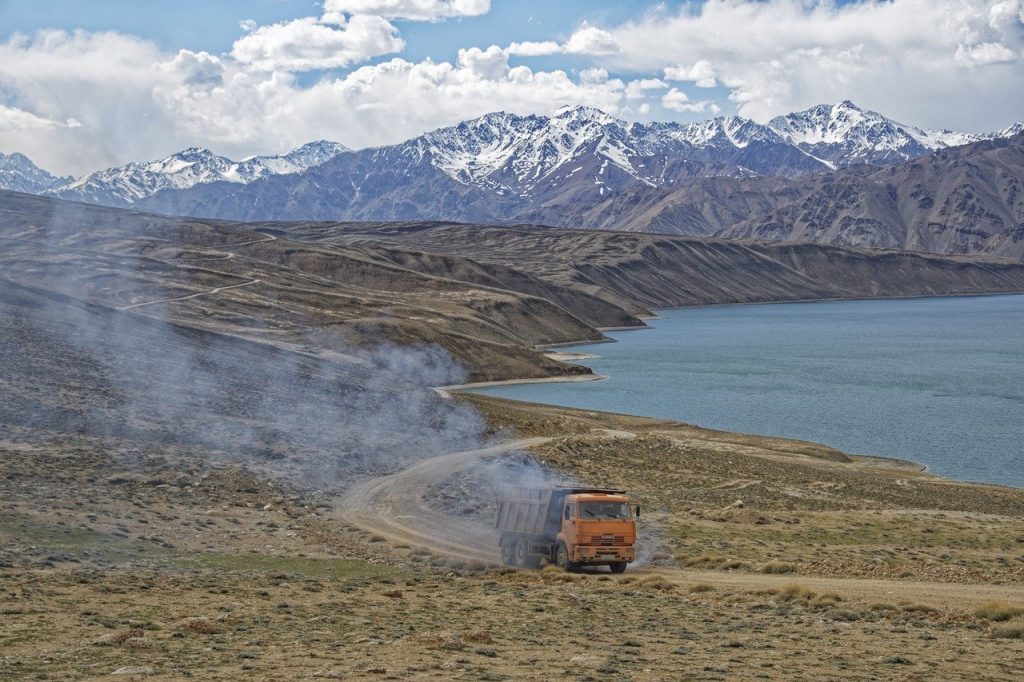
Bulunkul lake
Bulunkul lake is much smaller and shallower when comapared to Yashilkul lake as its maximum depth is only about 2 meters. This lake is overgrown with aquatic plants and has several bird species, like ducks and geese that can often be seen gliding along the water surface and gulls bustling above the lake.

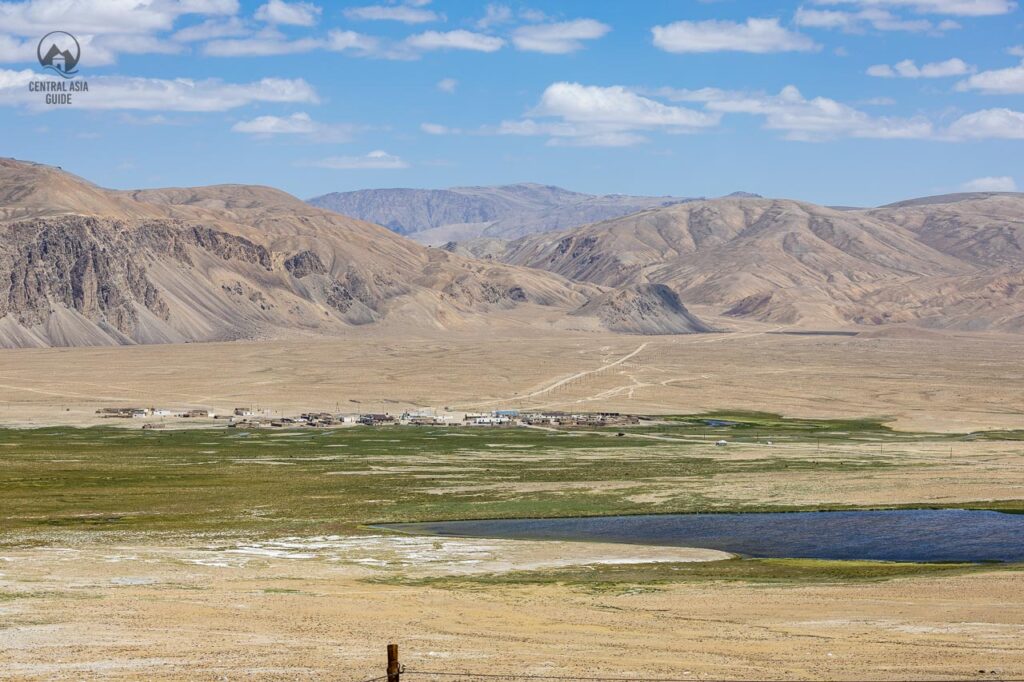
During the late summer period, the area receives thousands of other birds stopping here on their migration towards south. Bulunkul lake was the first lake in the Pamirs where fishing was organized on an industrial scale during the Soviet time but today only osman and marinka are caught by the local residents and amount of fish has generally plummeted. Bulunkul lake waters flow slowly towards the Yashikul lake through the river in its northeastern part.
Bulunkul Town
Bulunkul village lies just right next to Bulunkul lake, deep in the high Pamirs, about 16 km from the M41 Pamir Highway. This tiny village lies at the altitude of 3700 m above sea level on the small plateau with several houses lining a road that are a home to 306 people. Bulunkul village is also well-known as Central Asia’s coldest town, a place where temperatures as low as -63°C have been recorded during the winter. The village services consist of one school, one shop and one medical station for emergencies as well as several homestays for guests.
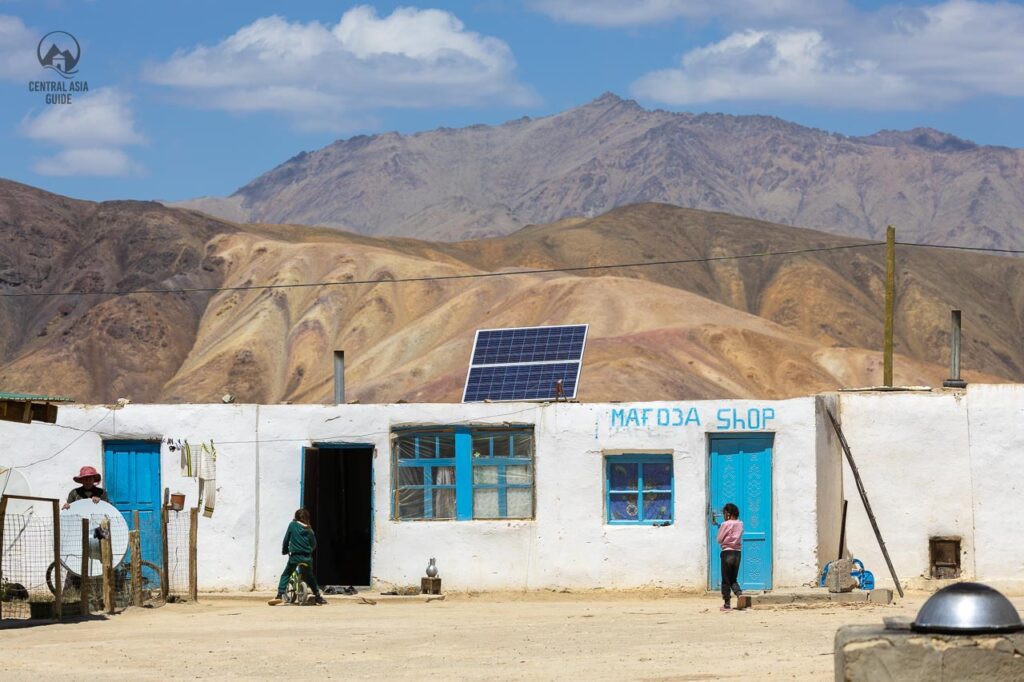

According to a legend, the lake was formed during a flood that occurred due to the mistreatment and disrespect of the locals towards the awliya (saint)- a man close to God. Only one woman invited him to her house as a “God guest” and shared her meal with him. As a result, she was saved from the flood by walking on the water surface.
Except for some well-aged car batteries and solar panels, Bulunkul has practically no electricity and no running water. It is interesting to follow how the whole village lives like a one big family, depending on each other in the harsh conditions. The people of Bulunkul have have mastered the many uses of the yak as they drink its milk, eat the yak milk butter and their houses are warmed by its frozen dung, which is the only fuel available. They eventually eat the yak’s meat and keep themselves warm by the incredible warming properties of its wool. To Buklunkul people, yak is the way of life and the only way of life possible.
Bulunkul geysir
The hot and thermal spring ‘Sasik bulok’ with a geysir is situated 7 km away from Bulunkul village. It serves as a kind of a natural laundry place for the locals of Bulunkul. During the Soviet time, one small house was built there but is in ruins nowadays. The geysir can be reached by hiking from the Bulunkul village.

Trekking and horse riding in Bulunkul & Yashikul lakes
There is an easy trekking route following the north shore of Yashil Kul that crosess crossing the Alichur river at the entrance to the lake at its eastern end but it can be difficult to cross the river during spring and early summer when the water level is high. Along the left bank, from the western end of the lake, the trekking trail continues to Bachor and the Ghunt Valley, or north via more difficult trekking routes via the Langar pass (4629 m) or Chapdar lake (4529m) to Lake Sarez.
Tours to Yashikul and Bulunkul lakes
Other Sights & Destination near Bulunkul and Yashikul lakes
Page updated 4.10.2024